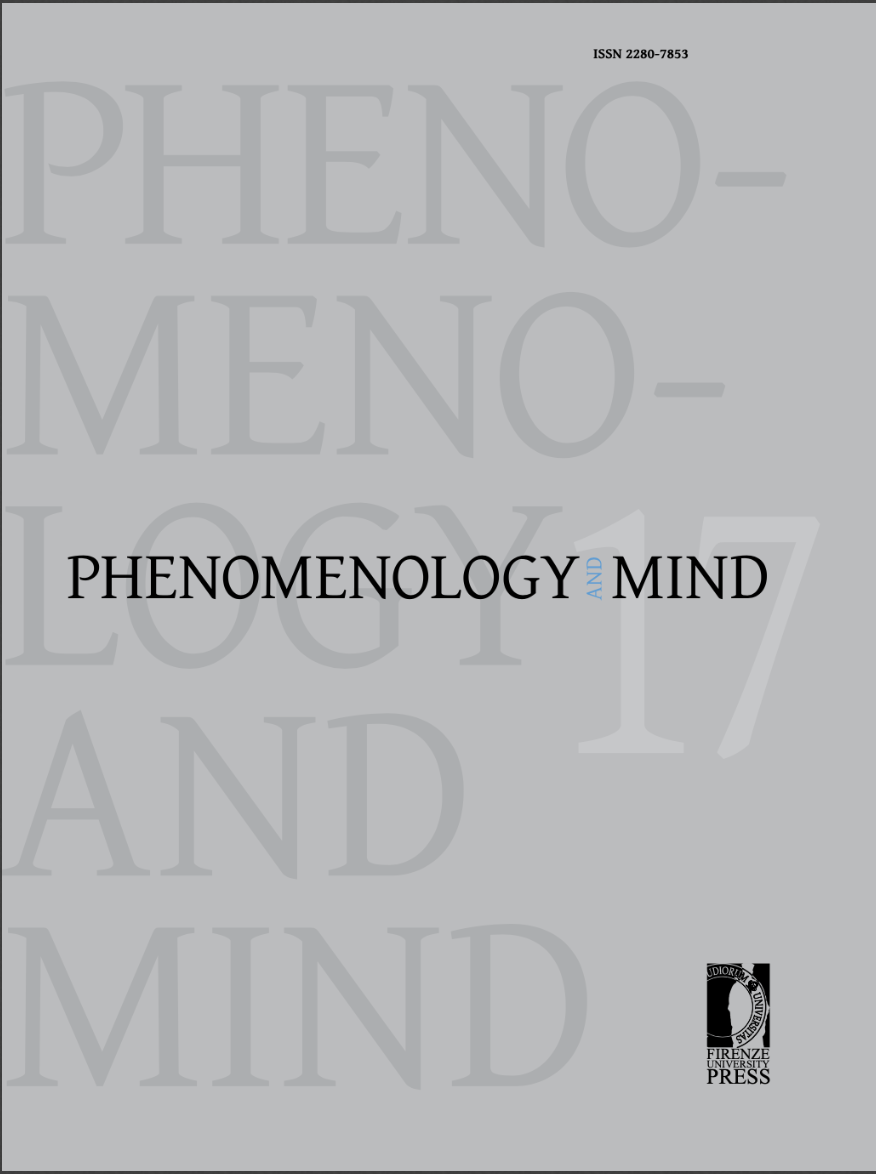Published 2017-01-03
Keywords
- two aspects of consciousness,
- non-sensory fringe,
- holistic understanding
How to Cite
Abstract
Many philosophers have made the distinction between two phenomenological aspects of consciousness, namely, the partition between clear and distinct contents/vague and peripheral feeling. Such a distinction is relevant for Husserl, while James (1890) provides the most comprehensive account of nucleus and fringe. A concept close to that of fringe, and in particular to the more recently proposed concept of non-sensory fringe, is that of qualia of meaning which I am here proposing. Qualia of meaning are experiences that relate to the holistic understanding of a certain set of elements of knowledge available to an individual and which as such can guide their thinking processes. These qualia have an intentional cognitive aspect connected to the phenomenal aspect. On the ground of these considerations, my main aim in this paper is to describe what qualia of meaning are and highlights differences and similarities with the non-sensory fringe.

